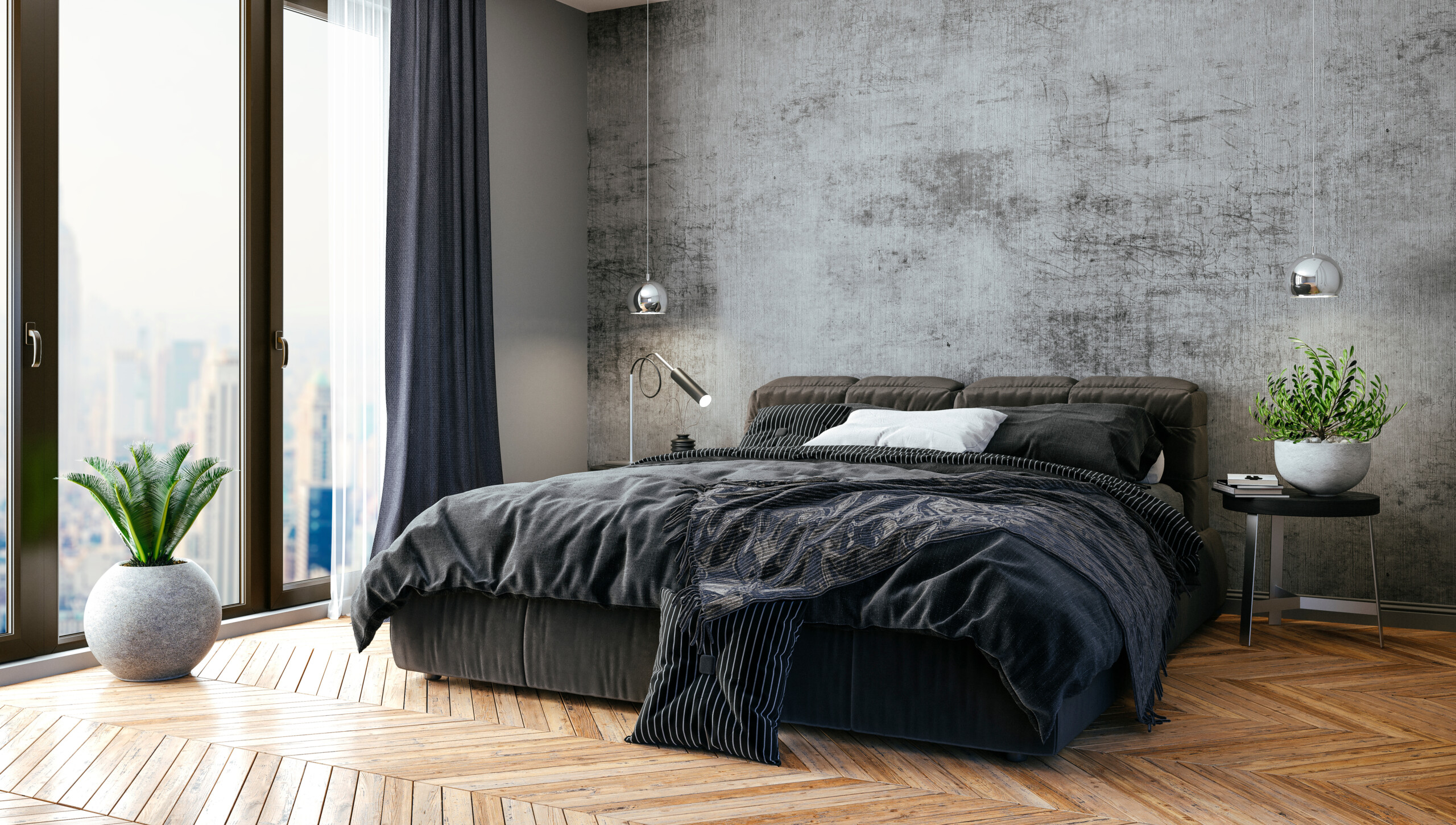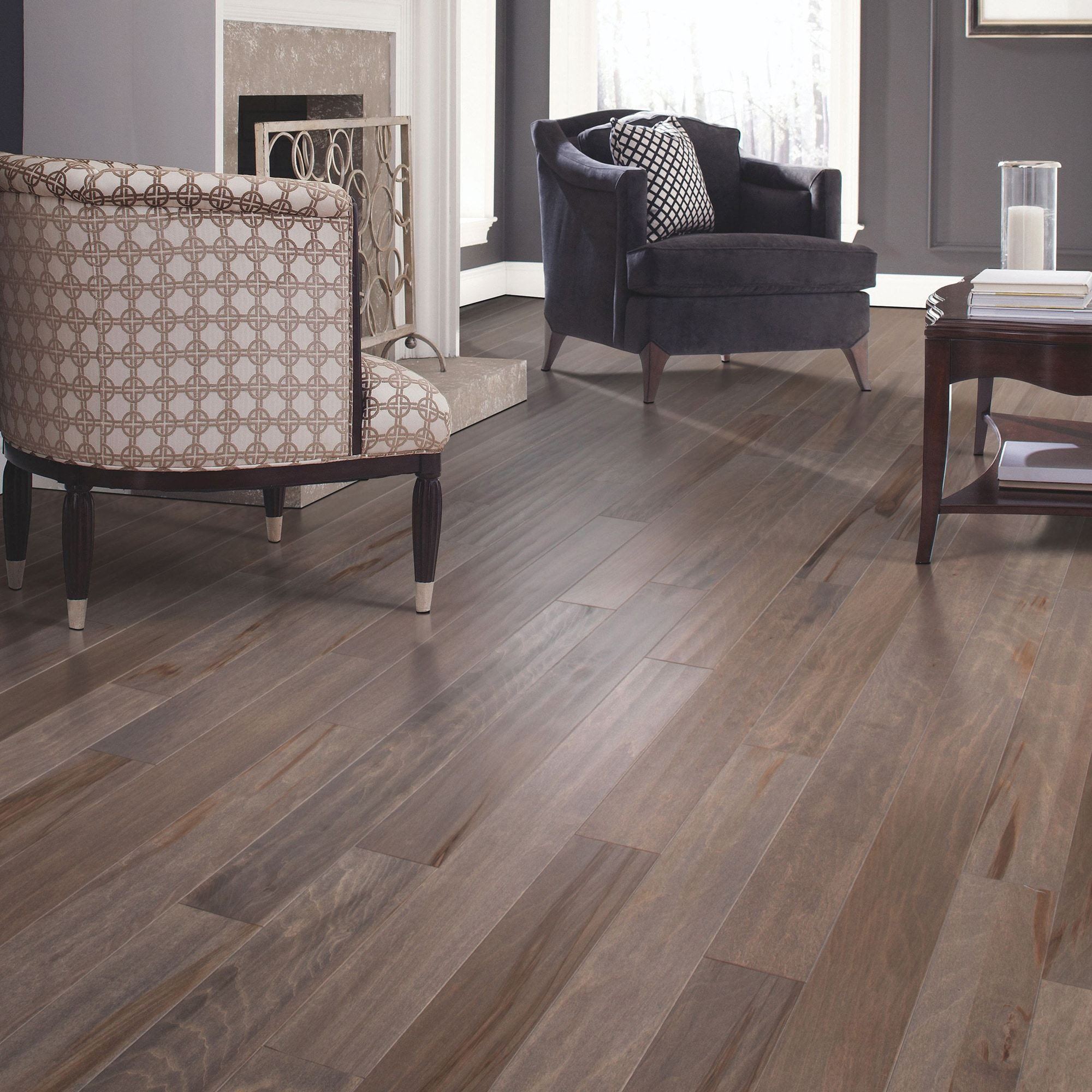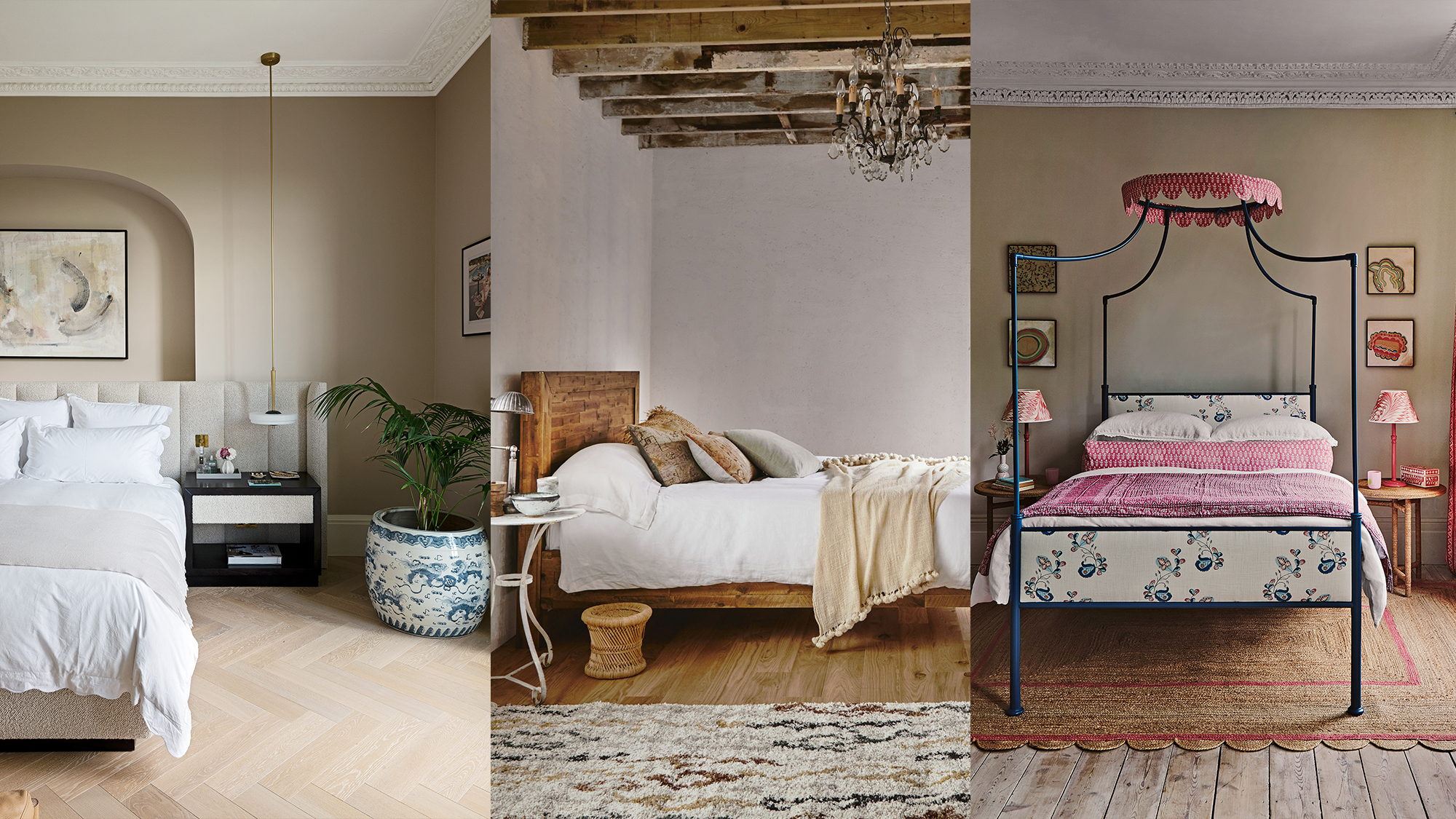Types of Wooden Floors for Bedrooms

Choosing the right type of wooden flooring for your bedroom can significantly impact the overall aesthetic and functionality of the space. From the classic elegance of hardwood to the practicality of engineered wood, each option comes with its own set of advantages and disadvantages. Understanding the unique characteristics of each type is crucial for making an informed decision that aligns with your budget, style preferences, and lifestyle.
Hardwood Flooring
Hardwood flooring is a timeless choice for bedrooms, known for its natural beauty, durability, and longevity. It is made from solid pieces of wood, typically sourced from trees like oak, maple, cherry, or walnut. Hardwood floors offer a wide range of colors, grains, and finishes, allowing for customization to match any bedroom decor.
Hardwood floors are known for their durability and can withstand heavy foot traffic. They are also relatively easy to clean and maintain, requiring only regular sweeping and occasional mopping. However, hardwood flooring can be susceptible to scratches and dents, especially from furniture.
The price of hardwood flooring varies depending on the type of wood, quality, and installation costs. It is generally considered a more expensive option compared to other types of wooden flooring.
Engineered Wood Flooring
Engineered wood flooring offers a practical and affordable alternative to traditional hardwood. It consists of a plywood core topped with a thin layer of real wood veneer. This construction method makes engineered wood more stable and less prone to warping or cracking compared to solid hardwood.
Engineered wood flooring is available in a variety of wood species and finishes, mimicking the look and feel of hardwood. It is also generally easier to install, as it can be floated over a subfloor or glued down.
Engineered wood flooring is less expensive than solid hardwood, making it a popular choice for budget-conscious homeowners. However, it is not as durable as solid hardwood and may not be as easily refinished.
Laminate Flooring
Laminate flooring is a synthetic flooring option that imitates the look of wood, stone, or tile. It consists of multiple layers, including a wear layer, a decorative layer, and a core layer. Laminate flooring is known for its affordability, durability, and ease of maintenance.
Laminate flooring is water-resistant and scratch-resistant, making it a good choice for high-traffic areas. It is also relatively easy to install, as it comes in click-lock planks that can be easily assembled.
Laminate flooring is the most budget-friendly option among wooden flooring types. However, it lacks the natural beauty and warmth of real wood and can feel less authentic. It is also not as durable as hardwood or engineered wood and may not be as easy to refinish.
Bamboo Flooring
Bamboo flooring is a sustainable and eco-friendly option that offers a unique look and feel. It is made from rapidly renewable bamboo plants, which are known for their strength and durability. Bamboo flooring is available in a variety of colors and finishes, ranging from light and natural to dark and rich.
Bamboo flooring is known for its durability, scratch resistance, and water resistance. It is also a relatively eco-friendly choice, as bamboo grows quickly and requires less water and pesticides than traditional hardwoods.
Bamboo flooring is generally more expensive than laminate flooring but less expensive than hardwood or engineered wood. It is a good option for homeowners who are looking for a sustainable and durable flooring solution.
Comparison of Wooden Flooring Types
| Characteristic | Hardwood | Engineered Wood | Laminate | Bamboo |
|---|---|---|---|---|
| Durability | High | Medium | Medium | High |
| Maintenance | Moderate | Low | Low | Low |
| Water Resistance | Low | Medium | High | High |
| Sound Insulation | Medium | Medium | Low | Medium |
| Price | High | Medium | Low | Medium |
Styling Your Wooden Floors with Furniture and Decor: Wooden Floor Bedroom Ideas

Wooden floors bring a natural warmth and elegance to any bedroom. To enhance this ambiance, it’s essential to choose furniture and décor that complement the wood’s natural beauty and create a cohesive design aesthetic.
Color Palettes for Wooden Floors
Choosing the right color palette for your bedroom is crucial for creating a harmonious and inviting atmosphere. Wooden floors provide a neutral backdrop that can be enhanced with a variety of color schemes.
- Warm Tones: For a cozy and inviting feel, consider warm colors like beige, cream, terracotta, and deep reds. These shades complement the natural warmth of wood and create a sense of comfort and relaxation.
- Cool Tones: If you prefer a more modern and sophisticated look, opt for cool colors like blues, greens, and grays. These shades can create a sense of tranquility and sophistication, contrasting beautifully with the warmth of wood.
- Neutral Tones: Neutral colors like white, black, and gray provide a timeless and versatile backdrop for any style. They allow the natural beauty of the wood to shine through and create a clean and modern aesthetic.
Furniture Styles for Wooden Floors
The furniture you choose plays a significant role in defining your bedroom’s style and overall ambiance. Wooden floors offer a versatile backdrop that can accommodate a range of furniture styles.
- Minimalist: Minimalist furniture, characterized by clean lines, simple forms, and a lack of ornamentation, complements the natural beauty of wooden floors. Opt for pieces made of wood, metal, or leather in neutral colors to create a sleek and uncluttered aesthetic.
- Traditional: Traditional furniture, often featuring ornate details, rich fabrics, and classic designs, can create a warm and inviting atmosphere. Consider incorporating pieces with carved wood accents, upholstered headboards, and antique-inspired details.
- Bohemian: Bohemian furniture embraces a free-spirited and eclectic aesthetic. Mix and match different textures, patterns, and colors to create a unique and personalized space. Incorporate vintage furniture, handcrafted items, and natural materials like rattan and jute.
Bedroom Layout with Wooden Floors
The layout of your bedroom furniture is essential for creating a functional and visually appealing space. Here are some tips for arranging furniture on wooden floors:
- Center the Bed: Place your bed in the center of the room, ensuring it’s easily accessible from all sides. This creates a sense of balance and visual focus.
- Utilize Nightstands: Place nightstands on either side of the bed to provide convenient storage and surfaces for lamps and other essentials.
- Add a Rug: A rug can define different areas within your bedroom and add warmth and texture to the space. Choose a rug that complements the color palette and style of your furniture.
- Strategic Placement of Furniture: Arrange furniture strategically to create flow and avoid overcrowding. Leave ample space for movement and create a sense of openness.
Tips for Maintaining Wooden Floors in Bedrooms

Wooden floors, with their timeless appeal and natural beauty, can enhance the aesthetic of any bedroom. However, to preserve their allure and longevity, proper maintenance is essential. This involves implementing a consistent cleaning routine, addressing stains promptly, and taking preventive measures to safeguard the finish.
Regular Cleaning and Maintenance
Regular cleaning is crucial for maintaining the appearance and extending the life of wooden floors. Dust and debris can accumulate, leading to scratches and dullness.
- Sweep or vacuum the floors regularly to remove dust, dirt, and pet hair. Use a soft-bristled brush attachment for vacuuming to avoid scratching the surface.
- Mop the floors weekly using a damp mop and a wood floor cleaner. Avoid using harsh chemicals or abrasive cleaners, as these can damage the finish. Opt for cleaners specifically designed for wooden floors, such as those containing vinegar or mild soap.
- Dry the floors thoroughly after mopping to prevent water damage and warping.
- Place doormats at entryways to trap dirt and debris before it is tracked onto the floors.
- Use furniture pads on the bottom of furniture legs to prevent scratches and dents.
Stain Removal Techniques
Stains can occur on wooden floors from spills, scuffs, or other sources. Addressing them promptly can prevent permanent damage.
- For fresh spills, blot the stain immediately with a clean cloth or paper towel. Avoid rubbing, as this can spread the stain.
- For dried stains, try a mild soap and water solution. Apply it to the stain with a soft cloth and gently rub.
- For stubborn stains, use a wood floor cleaner specifically designed for stain removal. Follow the instructions on the product label carefully.
- Avoid using harsh chemicals or abrasive cleaners, as these can damage the finish.
- For deep scratches or gouges, consult a professional floor refinisher.
Restoring Faded or Scratched Wooden Floors, Wooden floor bedroom ideas
Over time, wooden floors can become faded or scratched due to wear and tear. Restoring them involves sanding, refinishing, and applying a protective coating.
- Sanding: This step removes the old finish and any scratches or imperfections. Use a sander with progressively finer grits, starting with a coarse grit and ending with a fine grit.
- Refinishing: This involves applying a new finish, such as polyurethane or wax. Choose a finish that is compatible with the type of wood and the desired level of protection. Apply the finish in thin, even coats, allowing each coat to dry completely before applying the next.
- Applying a Protective Coating: A protective coating, such as polyurethane or wax, helps to seal the wood and prevent damage. Apply the coating according to the manufacturer’s instructions.
